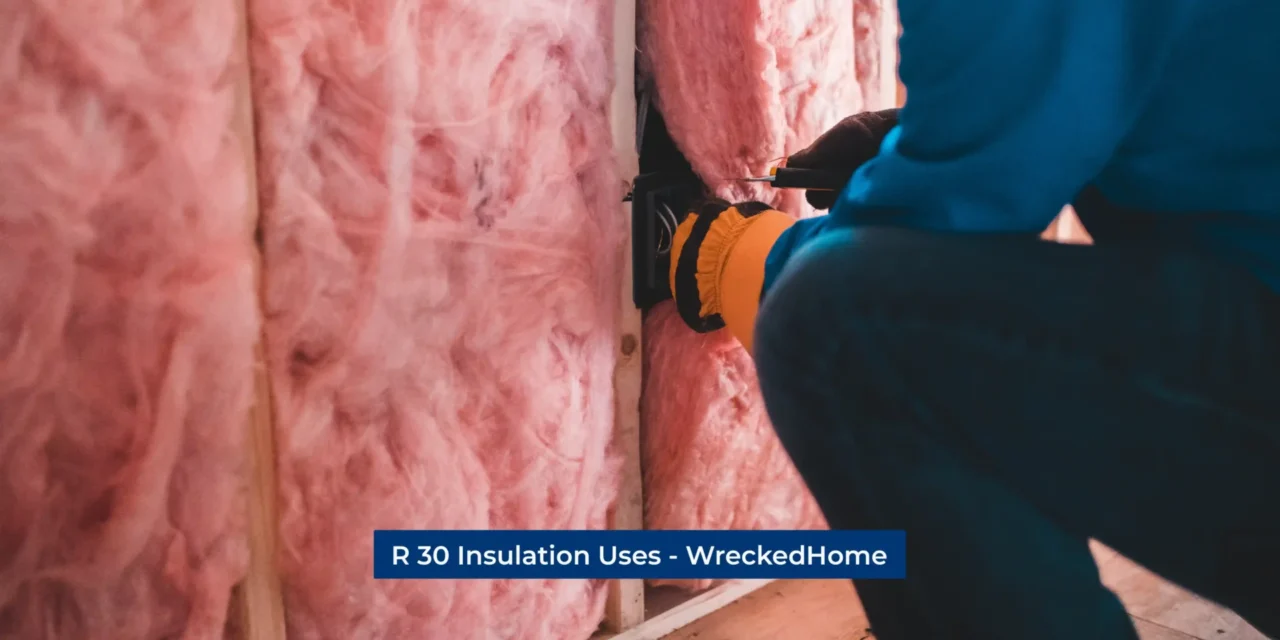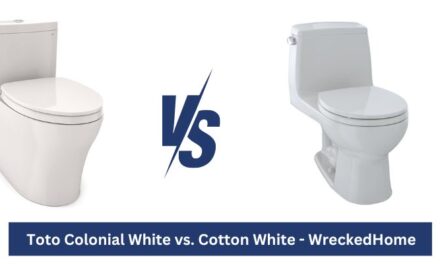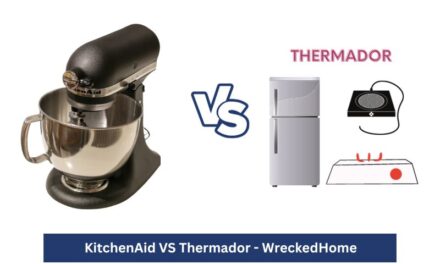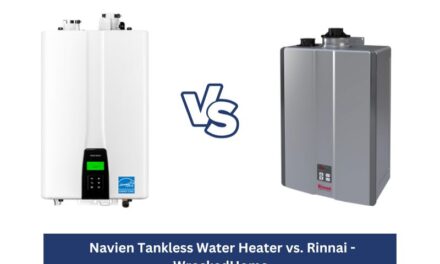Insulation plays an important role in creating energy-efficient homes. In commercial and residential settings, it acts as a barrier to heat flow and helps maintain desired indoor temperatures throughout the year.
For your home, it not only conserves energy but also results in significant savings on heating and cooling costs. One of key metrics that ensures the effectiveness of insulation is the R-value. This is the indication that measures the resistance of insulation to heat flow, with a higher R-value indicating better insulating power.
Although there are different insulation types with different R values (like r15 vs r13), R 30 insulation stands out for its optimal balance of performance and thickness.
Do you know where you can use R 30 insulation? As it is favored for its ability of higher resistance, it is equally usable in both residential and commercial applications.
So without using boundaries you can get benefits from r30 insulation. In this article we are going to reveal the secret uses of this insulation. That makes your home heat proof in a magical way.
What is R 30 Insulation?
Before using R 30 insulation, its important to know its composition and properties. R 30 insulation refers to insulation with an R-value of 30 where “R” is the symbol to show resistance, specifically thermal resistance.
An R-value of 30 means that the insulation effectively resists the transfer of heat that makes it appropriate for the areas of high degree of thermal protection. R 30 insulation consists on fiberglass batts, cellulose, and certain types of foam insulation material composition. However, the most common one is Fiberglass batts that are perhaps the most recognized They typically coming in pre-cut panels that fit between wall studs or attic rafters.
While the Cellulose, which comes from the recycled paper treated with fire retardants, act as an effective barrier against heat transfer. Foam insulation, like polyurethane or polyisocyanurate, offer both insulation and an air barrier in r 30 insulation.
Comparatively, when we look at other R-values, there are 3 R- value insulation types that are widely used. But, the most common one is r30 insulation.
The other most common are r20 with less resistance and r40 with a higher resistance. But, R42 may be sufficient for milder climates or spaces where high insulation levels aren’t as crucial. On the other hand, R40 might be overkill for certain applications, leading to unnecessary costs as compared to R30. Therefore, R30 strikes a balance, offering a high-performance insulation that is suitable for every environment and withstands heat for a long time.
Benefits of Using R30 Insulation
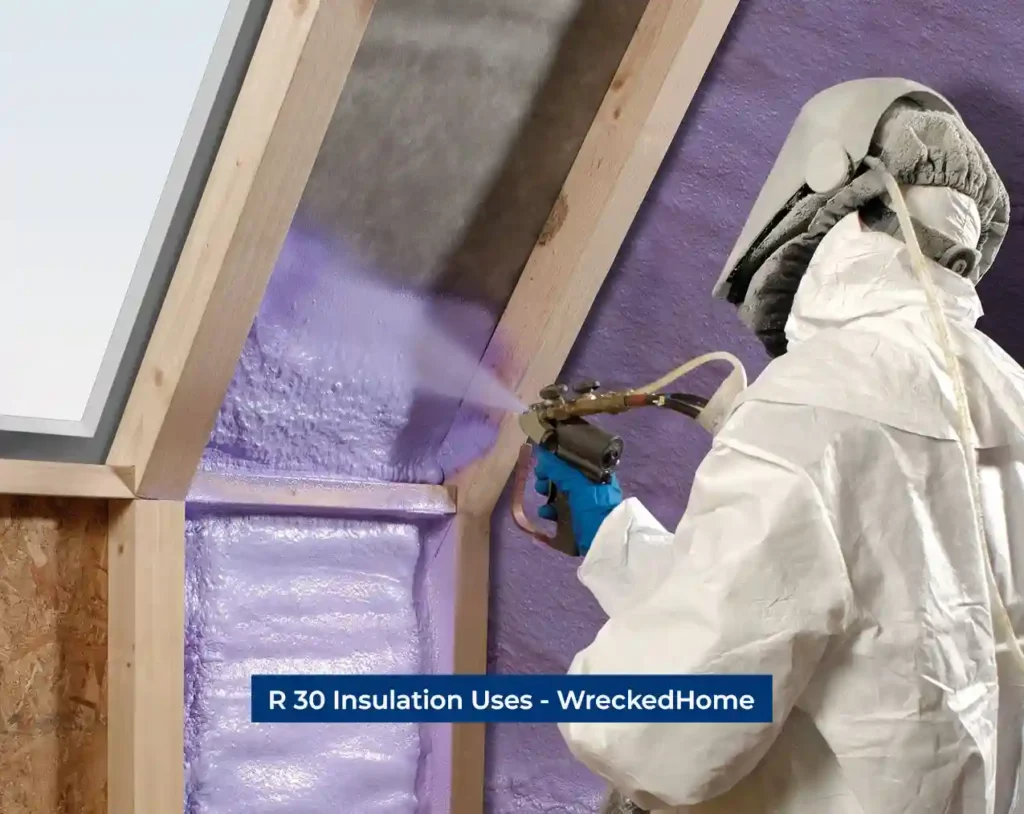
Image by justynkalp from Pixabay
You can use r30 insulation in your projects but what benefits do you get in return. These are some of the most common benefits:
- Energy Savings:
The main reason to use insulation is issue of energy conservation. R 30 insulation is specially designed to offer higher resistance with its high R-value during heat transfer. It works in both hot and cold weather equally by keeping the warmth inside, and preventing it from escaping out in winter. Conversely, in hotter months, it acts as a barrier, and keeps the indoors cooler by avoiding heat entry.
This efficiency in maintaining desired indoor temperatures help in reducing energy consumption. So it saves energy by lowering heating requirements in the winter and less cooling in the summer. This lowers the use of HVAC systems and, thus, energy.
- Enhanced Comfort:
Beyond the technicalities, another benefit linked with insulation power is comfort. A well-insulated space using R 30 insulation is suitable to sustain a comfortable temperature.
Cold drafts in the winter and oppressive heat in the summer become things of the past that need to be addressed by insulating layers. With the use of R 30 insulation, your environment remains stable and comfortable. This kind of comfort enhances the quality of life and improves productivity in work spaces.
- Longevity and Durability:
R30 insulation is not just about immediate benefits; it’s a long term investment for your projects or spaces. The focused material used in insulation, such as fiberglass and cellulose, are designed to last for many years. When properly installed, R 30 insulation keeps the structure efficiency for a long time. This longevity means homeowners and building managers don’t need to think about replacement or major maintenance for decades.
- Cost Savings:
R 30 insulation not only offers low cost in material but also offers continuous savings on utility bills. As it reduces the AC need in warm temperatures and heater requirement in the winters that lessens the energy consumption. This ultimately leads to noticeably lower electricity and gas bills.
Many regions offer tax incentives or rebates for energy-efficient home improvements, and R30 insulation often qualifies. These incentives make it an economically wise decision by reducing the energy cost.
- Environmental Impact:
There’s a broader, often overlooked frequently underestimated advantage: its positive impact on the environment. When energy consumption is lowered, fewer greenhouse gas emissions from power plants, especially in areas where electricity produced by fossil fuels. By incorporating R 30 insulation, individuals and enterprises indirectly aid in reducing reduction in their carbon footprint, promoting a more sustainable future.
- Resale Value and Attractiveness:
When thinking about the future, there’s another financial angle to consider for property owners. Properties, whether residential or commercial, that feature top-notch insulation often have a competitive edge in the real estate market.
Potential buyers and renters recognize the value of energy efficiency that make it an invaluable contribution to environmental sustainability. R30 insulation can thus enhance the resale value of properties and make them more attractive to discerning buyers that promise a myriad of advantages that make it worthy.
Potential Drawbacks and Limitations
Although there are several benefits of r 30 insulation, every insulation choice comes with its set of cons. Similarly R 30 insulation is no exception. By understanding the limitations you can make a more informed decision.
Let’s explore the disadvantages of R30 insulation
- Overkill in Mild Climates:
In regions with moderate temperatures that are not too hot or cool, R 30 insulation might be excessive. In such regions, the high insulating capacity of R30 might not result in proportional energy savings and appropriate investment. Simply in these settings you can use lower r value like r20 to meet your requirements.
- Material Concerns:
Certain R30 insulation materials also come with potential health and environmental concerns. For example, traditional fiberglass insulation can release tiny fibers into the air, that could be unhealthy or harmful if inhaled for long time. It’s crucial to ensure proper installation and perhaps use encapsulated versions that lower the health risk. Additionally, some foam insulation types might emit volatile organic compounds (VOCs), that can impact the air quality especially when newly installed.
- Environmental Impact of Production:
The installation of R 30 insulation can contribute to a decrease greenhouse gas emissions due to decreased energy consumption, the production of certain insulation materials can have adverse environmental effects. For instance, the manufacturing of foam-based insulation may involve substances that harm the ozone layer.
In summary, although R 30 insulation offers various advantages, it’s essential to weigh these against potential drawbacks. Factors like local climate, material choice, and environmental considerations should be carefully assessed when you are going to install it.
Visit our store for 10% off our Tools here.
Common Uses of R30 Insulation
R30 can be used in both hot and cold weather to control the temperature impact. But, location wise, there are commercial and residential areas that it can be used in:
Residential Uses:
The use of r 30 insulation in residential settings make your indoors more cozy and comfortable.
- Attics: Attics can trap heat. This is why they are important areas to insulate in any home. By using R30 insulation in attics, you create a barrier for heat in the winter and save energy costs. In summer, it can lower the entry of heat in the living spaces below.
- Walls: Walls make a barrier between the indoor environment and the outdoor climate. Effective R 30 insulation is essential to create a complete thermal envelope around your home. It stops heat exchange and indoor temperatures remain stable regardless of external weather conditions.
- Basements: With direct ground contact, this part of the home remains cool. Dampness can permeate through basement walls and floors that raise mold growth and make it an uncomfortable living space. R 30 insulation can combat these issues, by creating a warm, dry environment and make it a more comfortable and cozy place
Commercial Uses:
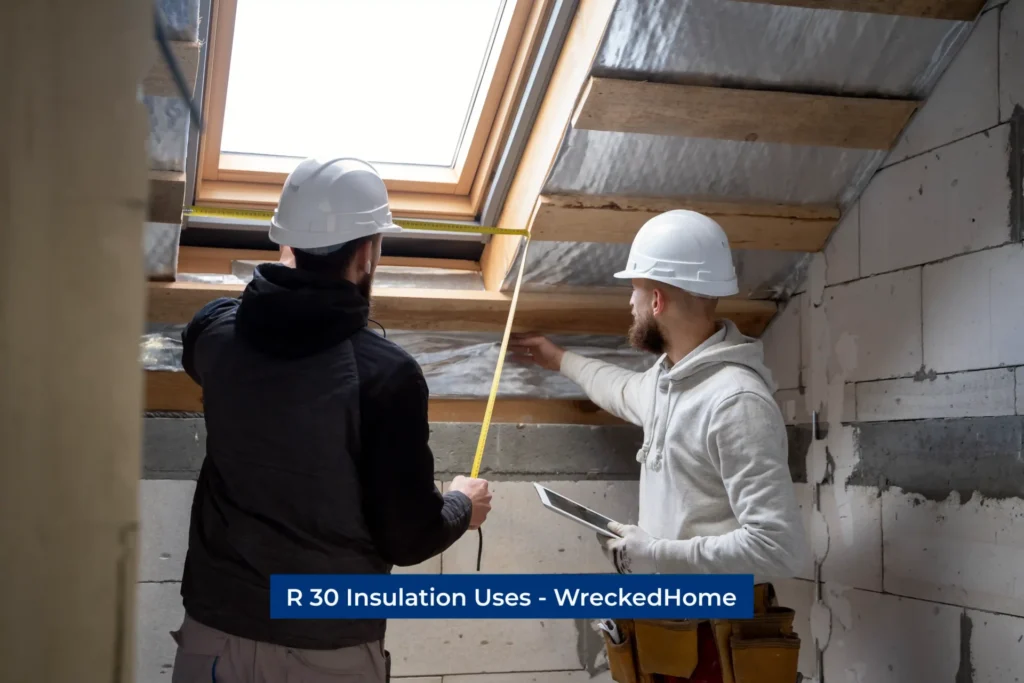
Image by Freepik
In commercial settings, the use of r30 insulation builds bustling environments of commercial spaces.
- Industrial Facilities: In industries, there should be specific temperature ranges that can be achieved by the use of R30 insulation. By maintain this stable temperature you can ensure consistent product quality and potential savings on energy costs.
- Office Buildings: A comfortable working environment is necessary to increase productivity of workers. Therefore, R 30 insulation makes office spaces a pleasant environment for employees.
- Storage Facilities: in commercial settings, factories prefer to store food items or sensitive electronics that require specific storage conditions. This can be achieved through R 30 insulation that maintains these conditions and ensures their longevity.
Conclusion
R 30 insulation stands as a testament to the evolving needs for both residential and commercial settings as a cost effective solution. With its environmental friendly composition, its power is evident in its application in attics and industrial facilities. By serving as a robust thermal barrier, the role of materials like R30 insulation remains pivotal in shaping spaces that are not just functional, but also environmentally responsible.
For any repairs, installations, builds, or questions; We recommend you to hire a professional. Find A Pro Near You Here!
Thumbnail by: @introspectivedsgn

